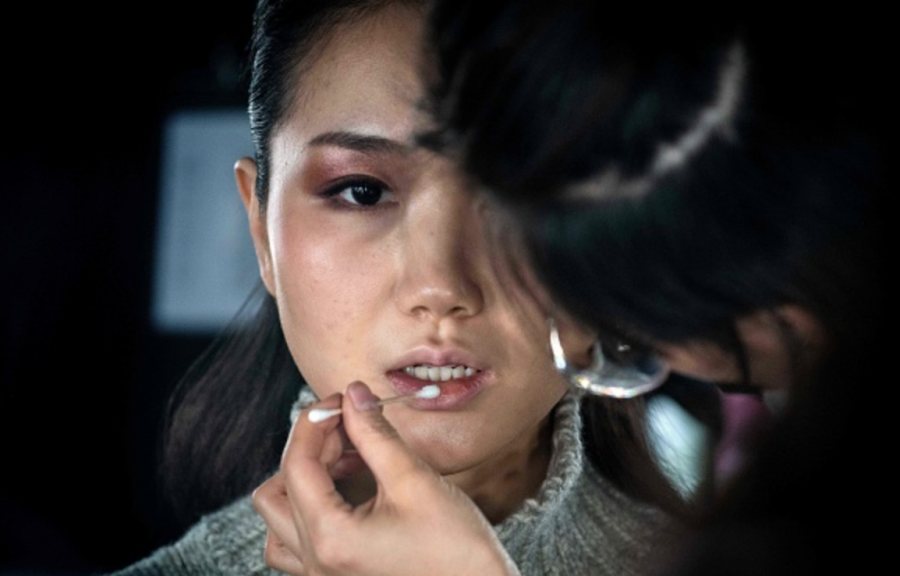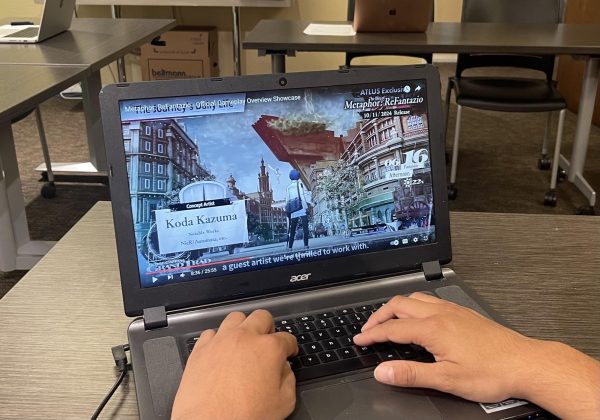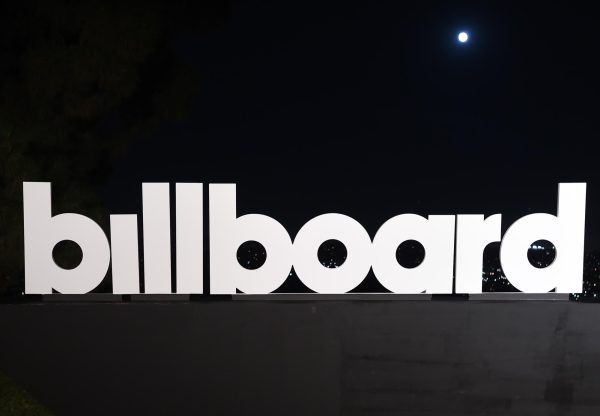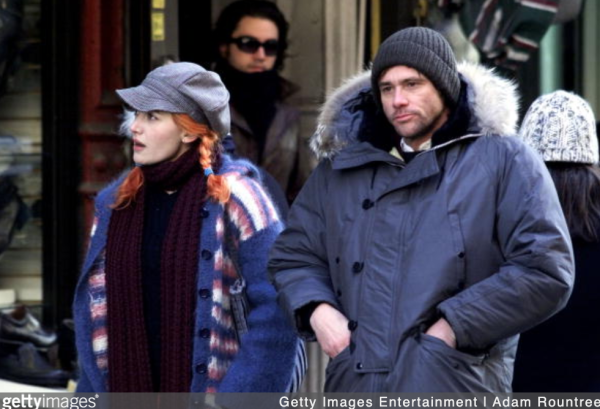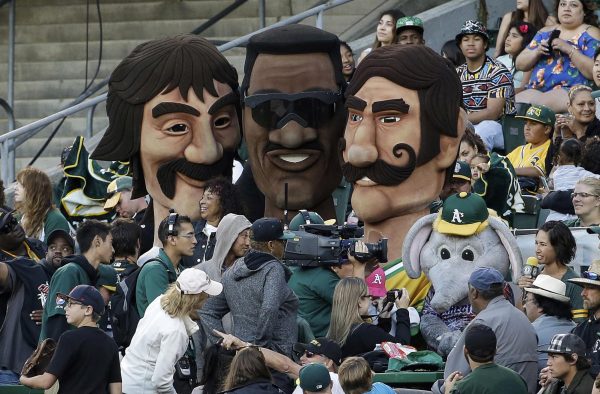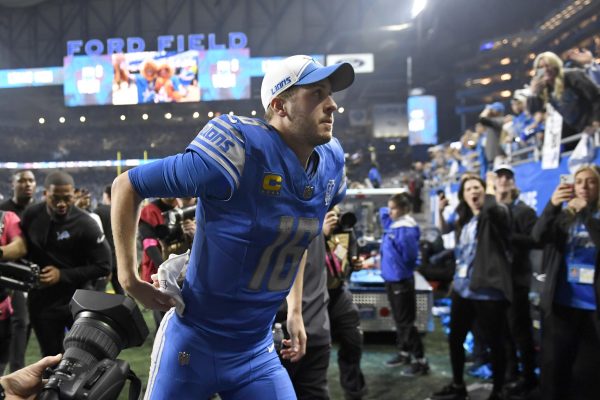Social media issues with ‘my eyes are not a trend’
What some celebrities find as a stylish look, others find offensive. Many celebrities such as Kendall Jenner, Bella Hadid, Megan Fox and many more create almond-shaped eyes using makeup lifted at outer corners to a smoldering effect.
According to the South China Morning Post, the trend’s hashtag, #foxeye, has gained more than 10.1 million views on Tiktok alone. Many celebrities have mocked the Asian community in other ways by posting pictures and having their hands pull their eyes to have a smaller effect. These celebrities include singer/songwriter Miley Cyrus and Joe Jonas.
Many makeup artists have uploaded videos on YouTube to show tutorials on how to do the Fox eye trend. These makeup artists include Brianna Fox, Roxette Arisa, and Erin Parsons; the Maybelline makeup company also has done a picture tutorial.
Hollywood also has offended the Asian community for casting white Americans as an Asian character. Scarlett Johannson was cast to play Major Motoko Kusanagi in ‘Ghost in the Shell’, a 2017 film. Scarlett Johannson is far from being the first actress/actor on playing an Asian character. Mickey Rooney played Mr. Yunioshi in the movie ‘Breakfast at Tiffany’s, released in 1961.
The entertainment industry has cast white people for Asian roles for centuries. This is known as “Yellow-faced.” Mary Pickford, an American actress, also played an Asian character in the film “Madame Butterfly,” released in 1915.
According to the History Channel’s website, the earliest American yellow face comes from the theatrical show, ‘An Orphan of China,” performed in 1767. Hollywood cast whites as Asian roles and white Americans playing as Africans; they would paint their face and hands with black shoe polish so they may appear as a black character. This is traditionally known as “Black-faced.”
Professor David Leonard from Washington State University said, “It allows a society to routinely and historically imagine African Americans as not fully human.” Bricks magazine states, “The casting of white actors as Asian characters is equally dehumanizing; it implies that Asians are not even allowed to represent themselves and their narratives.”
What is the ‘Fox Eyes’ trend?
The fox eye trend is when one shaves their tail end of their eyebrow to draw a straighter brow; using a black or brown eyeshadow to create a sharp cat-eye flick towards the temple or undergoes plastic surgery. The final look creates an illusion of upturned, slanted eyes. Some celebrities do not find the’ Fox eye’ trend as offensive to the Asian community.
For example, Emma Chamberlain posted a photo to Instagram, where she used her hands to pull back and slant her eyes and stuck out her tongue. Chamberlain received backlash for the image she had posted, especially from the Asian community. Her fans from different backgrounds defended her by stating she had done that for a makeup trend with nothing else intended. Chamberlain later issued an apology for her actions yet failed to address the issue of the gesture. Chamberlain stated in her apology, “Sorry for those who were hurt by it.”
What do some Asian-Americans have to say?
Tiktok Star Melody Nafar posted a video of herself posing the ‘Fox eye’ and had gained more than one million views. Asian-American Tiktok user Melissa has been vocal about how uncomfortable the trend makes her, explaining she see it’s popularity with Caucasians who used to pull the same face to mock her for her heritage.
A YouTuber under the name Angstyish posted a video commenting about this trend, “The slanted eye trend may have not deliberately emulated the characteristics Asian feature, but many Asians see it as racist and discriminating, that many have faced in western countries and communities.”
Sophie Wang, a high schooler who was part of the Daily’s Summer Journalism Workshop, explains in her article on the Stanford Daily website, “One time I spoke up and told my classmates the gesture was racist. Every morning, I would use my hands to push the corners of my eyes closer together, hoping one day they would turn around. My Asian-American identity was reduced to a facial feature.”
Wang adds, “The eye-pulls trigger flashback to my experiences in elementary school when my peers would make so-called “exotic Ching Chong eyes.”
Freelance writer Therese Nguyen wrote, “As an Asian-American born and raised in the US, I have experienced first-hand the teasing and mocking gestures that suggest Asian eyes were some weird, disgusting trait; whenever my group of Asian friends and I would run into random kids in the park, reactions would almost always involve them pulling at their eyes.”
Some people may see it as a simple makeup trend, and others see it as racism towards the Asian community. The “yellow-faced” cultural issue has been around for centuries back, and now it’s back to the surface and brought to our society’s attention.

